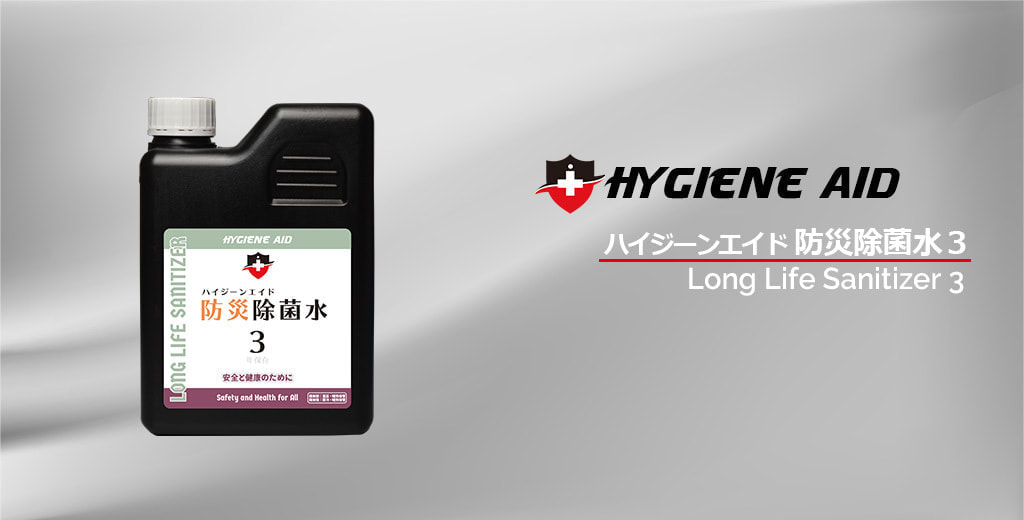The strong bacterial elimination effect of
hypochlorous acid molecules.
The difference in the effectiveness of molecules and ions
When hypochlorous acid is added to water, it coexists in both dissociated state (ClO-) and undissociated state (HClO) according to the dissociation equilibrium.
Usually, when sodium hypochlorite is diluted, hypochlorous acid exists as ions (ClO-) because the diluted solution is basic. On the other hand, hypochlorous acid exists as molecules (HClO), since the solution is in the range of pH 6 to pH 7.
The molecules of hypochlorous acid (HClO) can permeate microbial cell wall and plasma membrane very easily since it is tiny in molecular size. In addition, the molecules are electrically neutral, and hence can directly oxidate the nucleus and the cytoplasm. In comparison, ions (ClO-) can afect the cell wall, yet cannot permeate through the plasma membrane.
As a result, hypochlorous acid molecules have much more significant effects on bacterial elimination comparing to sodium hypochlorite ions. Furthermore, the recommended chlorine concentration for infection control measures is more than 1000ppm for diluted sodium hypochlorite, while hypochlorous acid only needs a chlorine concentration of 100 to 200ppm.
